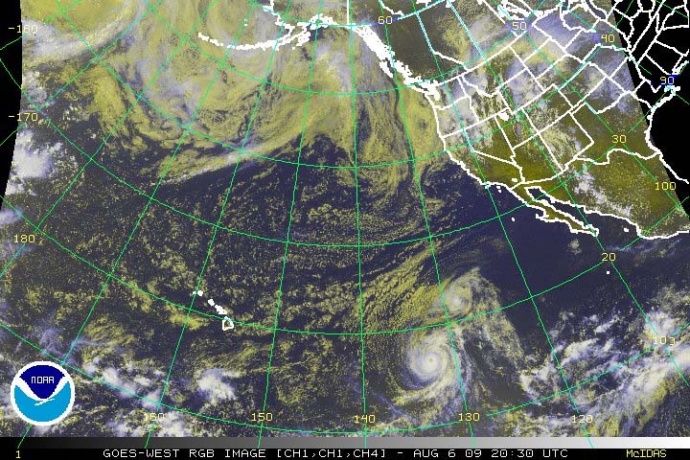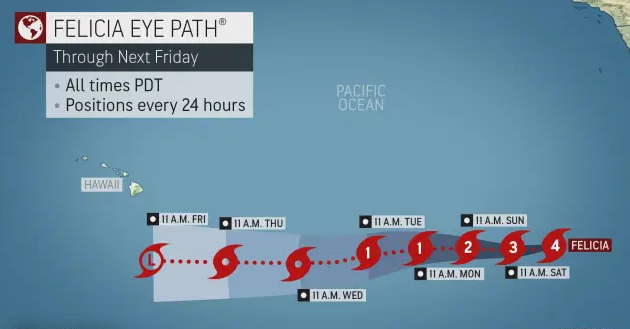

Water – at least 1 gallon daily per person for 3 to 7 days.NOAA (the National Oceanic and Atmospheric Association) recommends every household have the following items: We also have plenty of magazines and books to read to tick the time away when there isn’t anything else to do. Battery-operated AM/FM (this one doesn’t have weatherband) Radio.Oatmeal Snack Bars (relatively healthy and good for energy requires no heating to eat).Juice (the 1 gallon plastic jugs they’re in are useful afterwards for water storage for flushing the toilet).

First Aid Kit (contains various bandages, cleaning wipes, antibiotic ointment, burn ointment, tweezers, aspirin, etc.).Looking back once again, you see our Emergency Preparedness “kit” is well stocked and ready in case there’s an event they may be needed… My prayers go out to you folks that these will have minimal impact.

The south-eastern side of the US is now being threatened with 3 systems: Claudette, Ana and Bill. A good sign indeed.Īgain, we’re still watching Guillermo closely, yet optimistic this one will pass us without much effect. Notice how the once-prominent “eye” in the center disappeared. Hurricane Felicia as a category 2 storm on August 9, 2009 Within the same day (and night), she weakened considerably as she moved over cooler northern tropical waters, going from cat-3 to cat-2, to cat-1 Hurricane force winds within 24 hours… Hurricane Felicia as a category 3 storm on August 9, 2009 Here’s Hurricane Felicia barelling towards Hawaii on August 9th as a category 3 storm… Hurricane Felicia NOAA track on August 8, 2009 This was Hurricane Felicia’s NOAA track posted on August 8th… Based on NOAA’s current “cone of error” track, it’s expected to blow far north of Hawaii and fizzle out as well once it hits cooler waters. We’re still keeping our eye on Hurricane Guillermo, which as of this writing is located 20.1 N 138.77W, heading in a west-northwest pattern at 15mph, packing sustained winds at 100 mph. Fortunately she fizzled out by the time she hit cooler waters while approaching the northern central Pacific, bringing nothing more than some humidity and scattered rain showers to our islands, which the latter of we needed anyway.ĭue to the return of El Nino, this has been an active Hurricane season in the pacific, yet again Hawaii’s had the good fortune to “dodge the bullet” of damage that Felicia could have been. If you are in the path of a storm you should be listening to official information sources.As you see by the items shown above, my household was well-prepared for what was at one point designated a category 3 hurricane named Felicia. The tropical cyclone data presented at this site are intended to convey only general information on current storms and must not be used to make life or death decisions or decisions relating to the protection of property: the data may not be accurate. Heavy rains, however, can produce significant flooding inland, and storm surges can produce extensive coastal flooding up to 40 kilometers (25 mi) from the coastline. This is why coastal regions can receive significant damage from a tropical storm, while inland regions are relatively safe from receiving strong winds. They develop over large bodies of warm water, and lose their strength if they move over land due to increased surface friction and loss of the warm ocean as an energy source. While tropical weather can produce extremely powerful hurricane force winds and torrential rain, they are also able to produce high waves and damaging storm surge as well as spawning tornadoes.

These Weather Forecasts have no official status and should not be used for emergency response decision making under any circumstances. When the bottom of one list is reached, the next name is the top of the next list.


 0 kommentar(er)
0 kommentar(er)
